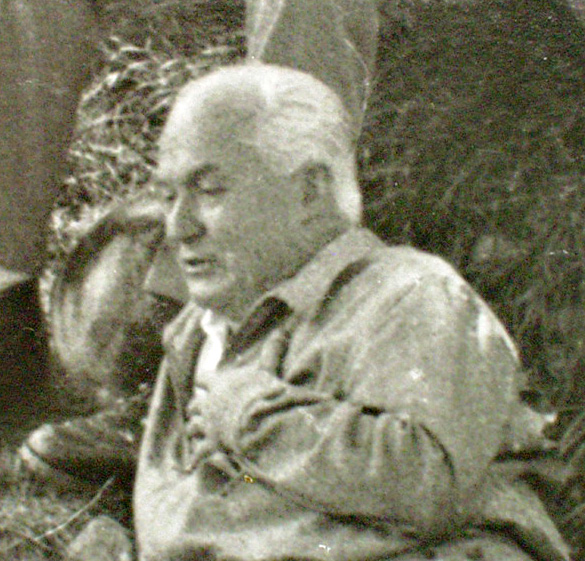Reading the Letters of Dorothy Day recently, I ran into this line, “doubtless we need a Savonarola as well as a St. Francis.” She was speaking about what spirituality needs in order to be healthy and balanced.
That triggered something inside me, something I have never been able to sort out. I have always been comfortable, perhaps too much so, in both circles of piety and circles of iconoclasm. I’m drawn to the warmth of the Sacred Heart even as I am stimulated by Nietzsche, and I see Merton’s raw sense of humor as issuing forth from the same unique place within him as his faith, one leaning on the other.
One of my favorite spiritual writers is the Italian monk and hermit, Brother Carlo Carretto. When you are reading a Carretto book, you are never sure what you will meet next in terms of either piety or its (seeming) opposite.
On one page, he might be offering a handmade toy to the Blessed Virgin Mary to give the infant Jesus, and a page or two later he will be offering a blistering critique of clericalism or calling on the pope to shut present-day seminaries because he believes those training for the priesthood should be living with everyday families. Many of us are familiar with his “Ode to the Church,” within which both his piety and his iconoclasm are manifest.
“How much I must criticize you, my church and yet how much I love you!
“How you have made me suffer much and yet owe much to you.
“I should like to see you destroyed and yet I need your presence.
“You have given me much scandal and yet you alone have made me understand holiness.
“Never in this world have I seen anything more obscurantist, more compromised, more false, and yet never in this world have I touched anything more pure, more generous, and more beautiful.
“Many times I have felt like slamming the door of my soul in your face — and yet how often I have prayed that I might die in your sure arms!”
Not many spiritual writers have this range on their keyboard. As Ernst Kasemann once said, the problem in the Church and in the world is that the pious are not liberal and the liberal are not pious. Brother Carretto was both. He could love the Church, fiercely, piously, with childlike devotion, even as inside of that very devotion he could critically acknowledge and speak out against her faults. That’s a rare capacity, seen in some saints.
Dorothy Day, not unlike Brother Carretto, was a pious woman, a unanimity-minus-one defender of chastity in the circles she moved in, and a woman who believed that reverence was a non-negotiable moral virtue. Yet, like Brother Carretto, she could be blistering in her criticism of piety whenever it was blind to injustice, racism, violence, and war. Small wonder her favorite saint was St. Thérèse of Lisieux, a pious nun tucked away in an obscure convent in France, writing mystical treatises on how much Jesus loves us.
Moreover, that patron saint Thérèse was herself a wonderful example of a piety that can look saccharine and yet have a disarming capacity for critical insight. St. Thérèse is the same person who, while posturing in her writings as a little girl, someone of no consequence, the Little Flower, can pivot radically and suddenly become the wise, aged Sophia, dishing out hard spiritual counsel:
“Be careful not to seek yourself in love, you will end up with a broken heart that way. I felt it more valuable to speak to God rather than to speak about Him, for there is so much self-love intermingled with spiritual conversations. There are no miracles, no raptures, no ecstasies — only service.”
St. Thérèse had a keyboard that could play very diverse melodies.
The late Irish biblical scholar Father Jerome Murphy-O’Connor used to say (partially tongue in cheek) that consistency is the product of small minds. What he was highlighting, of course, was that great minds aren’t simple, that they know the importance of nuance, that they don’t work in terms of black and white, that they can hold things in tension without prematurely resolving that, and that they can shock you equally in their capacity for reverence and for iconoclasm.
Jesus fits that description. He scandalized his contemporaries and continues to scandalize us with what seem like inconsistencies, but are really the capacity of a great mind and heart to hold truth in paradox, in tension. Small wonder there are so many Christian denominations today.
We, his followers, cannot hold the whole truth together as he did and so we live out pieces of it rather than the whole Gospel. The same might be said for other great figures in history, like St. Augustine, who is cited as the root for both orthodoxy and heresy in theology. There are indeed real contradictions and genuine inconsistencies; but there is also the paradox seen in great minds, minds that know when to honor an icon and when to smash it.

